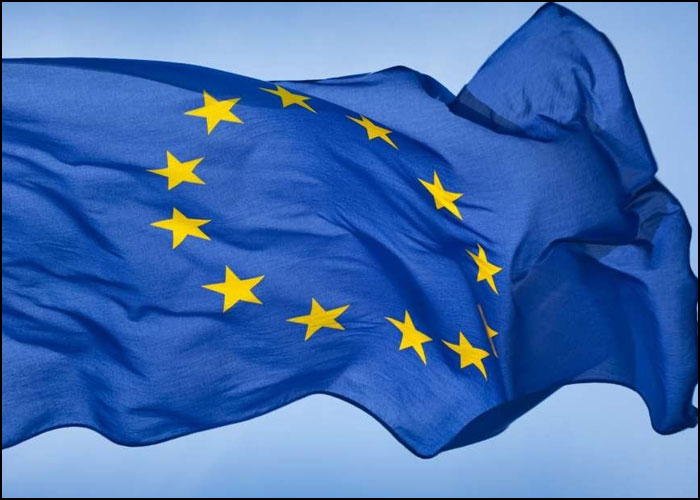EU Downgrades Eurozone Growth Outlook; Raises Inflation Projections
The European Commission downgraded the eurozone economic outlook and inflation projections, citing the shocks unleashed by the war in Ukraine, deceleration of growth in the US and the impact of strict zero-COVID policy in China.
In the latest Summer economic forecast, released Thursday, the EU trimmed its growth outlook for this year slightly to 2.6 percent from 2.7 percent. Economic growth this year is propped up by the momentum gathered with the recovery of last year and a stronger first quarter than previously estimated.
Activity is expected to have weakened in the second quarter, but should regain some traction during summer, thanks to a promising tourism season, the EU said.
Gross domestic product is forecast to grow 1.4 percent in 2023, much weaker than the 2.3 percent in the Spring forecast.
Overall, real GDP is forecast to expand 2.7 percent in 2022 and 1.5 percent in 2023 in the EU. Inflation is seen at 8.3 percent this year and 4.6 percent in 2023.
The commission observed that the escalation of tensions between Russia and the EU, as a result of the Russian invasion of Ukraine, is putting additional upward pressures on gas prices, eroding the purchasing power of households.
Further, broadening inflationary pressures are prompting faster normalization of monetary policy in the euro area.
Eurozone inflation is forecast to peak at a new record high of 8.4 percent in the third quarter of 2022. As the pressures from energy prices and supply constraints fade, inflation is expected to decline steadily thereafter.
Inflation is seen at 7.6 percent this year instead of 6.1 percent projected earlier. Similarly, the outlook for 2023 was raised to 4.0 percent from 2.7 percent.
The EU cautioned that the outlook remains subject to high uncertainty and the balance of risks is tilted towards adverse outcomes.
Citing the deterioration of the outlook for global trade and the loss of purchasing power, Germany’s growth projections for 2022 and 2023 were lowered to 1.4 percent and 1.3 percent, respectively.
France’s GDP is projected to increase 2.4 percent in 2022 and 1.4 percent in 2023. Both internal and external demand contributed to the deterioration of the outlook.
Spain’s real GDP is expected to expand 4.0 percent in 2022 and 2.1 percent in 2023. After a weak performance in the first half of this year, quarter-on-quarter growth rates of GDP are expected to accelerate slightly in the next two quarters on the back of the return of tourism to pre-pandemic levels.
The Italian economy proved more resilient in early 2022 than expected in spring thanks to buoyant construction activity, the EU said. Real GDP growth in 2022 is projected at 2.9 percent but it is estimated at only 0.9 percent next year.
Source: Read Full Article

